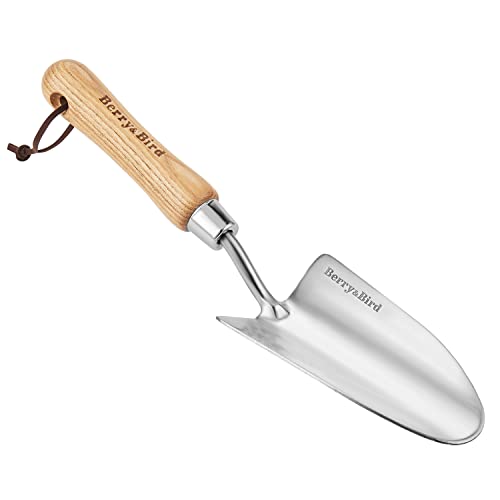Best flowering ground cover plants – 5 expert-approved species to fill your borders with vibrant color
These flowering ground cover plants will not only look good but will also prove popular with bees and butterflies
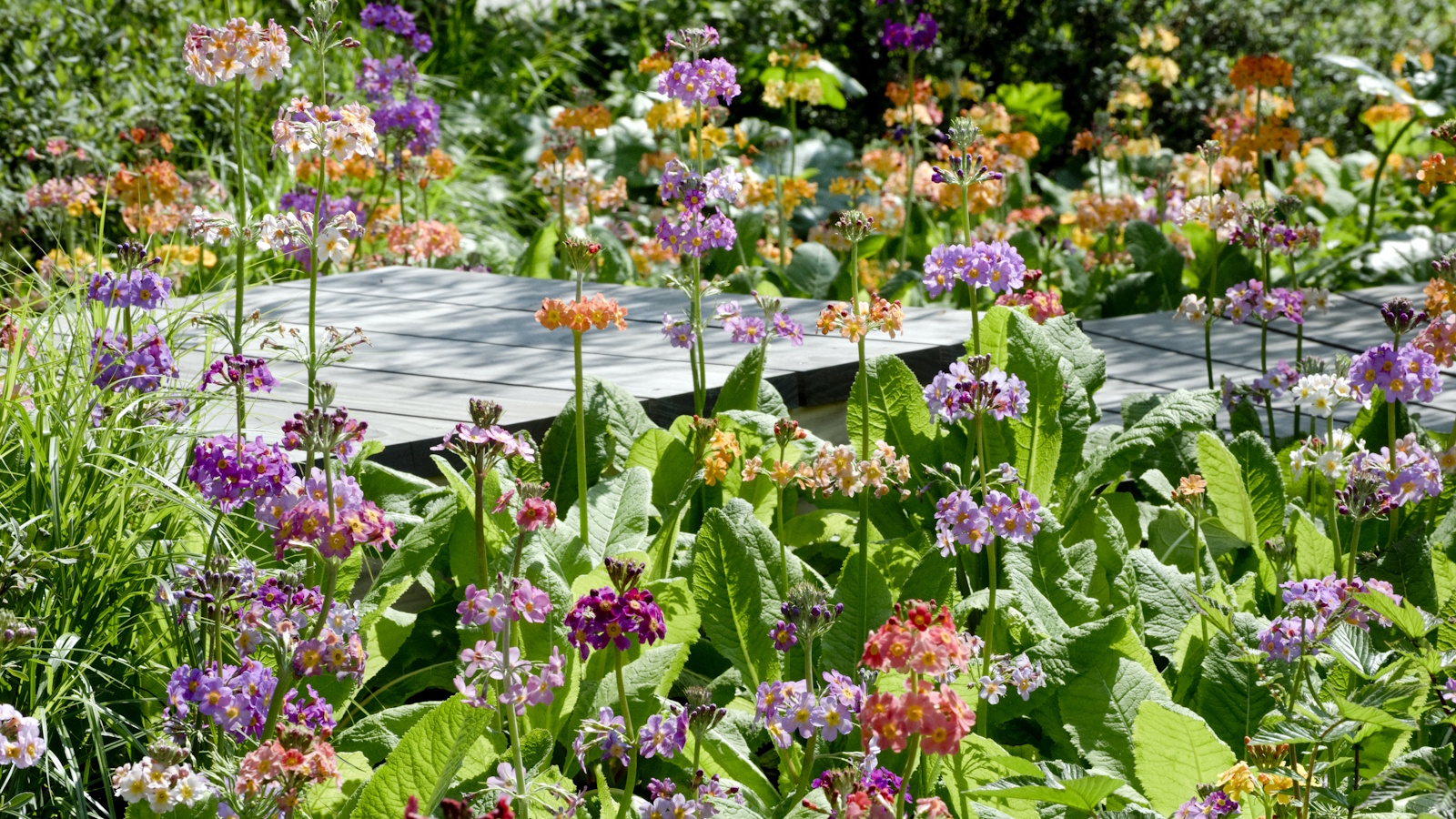

As gardeners, we are spoilt for choice when it comes to ground cover plants. From hardy evergreens to fragrant herbs, there is sure to be a species suited to your region, climate and taste. If, however, you are keen on color in your yard, choosing flowering ground cover plants is a good idea, filling borders with vibrant pops of pink or purple, white or yellow.
As a former professional gardener, I have planted and cared for more ground cover plants than I can count - from creeping thyme with pink blooms in gravel gardens to colorful comfrey varieties in shady spots that pollinators adore. Growing flowering ground cover plants, I think, is a surefire way to maximize interest and impact in your yard.
Here are five flowering ground cover plants that are some of my favorites that I can recommend as both low-maintenance and high-impact, ideal for any level of gardener.
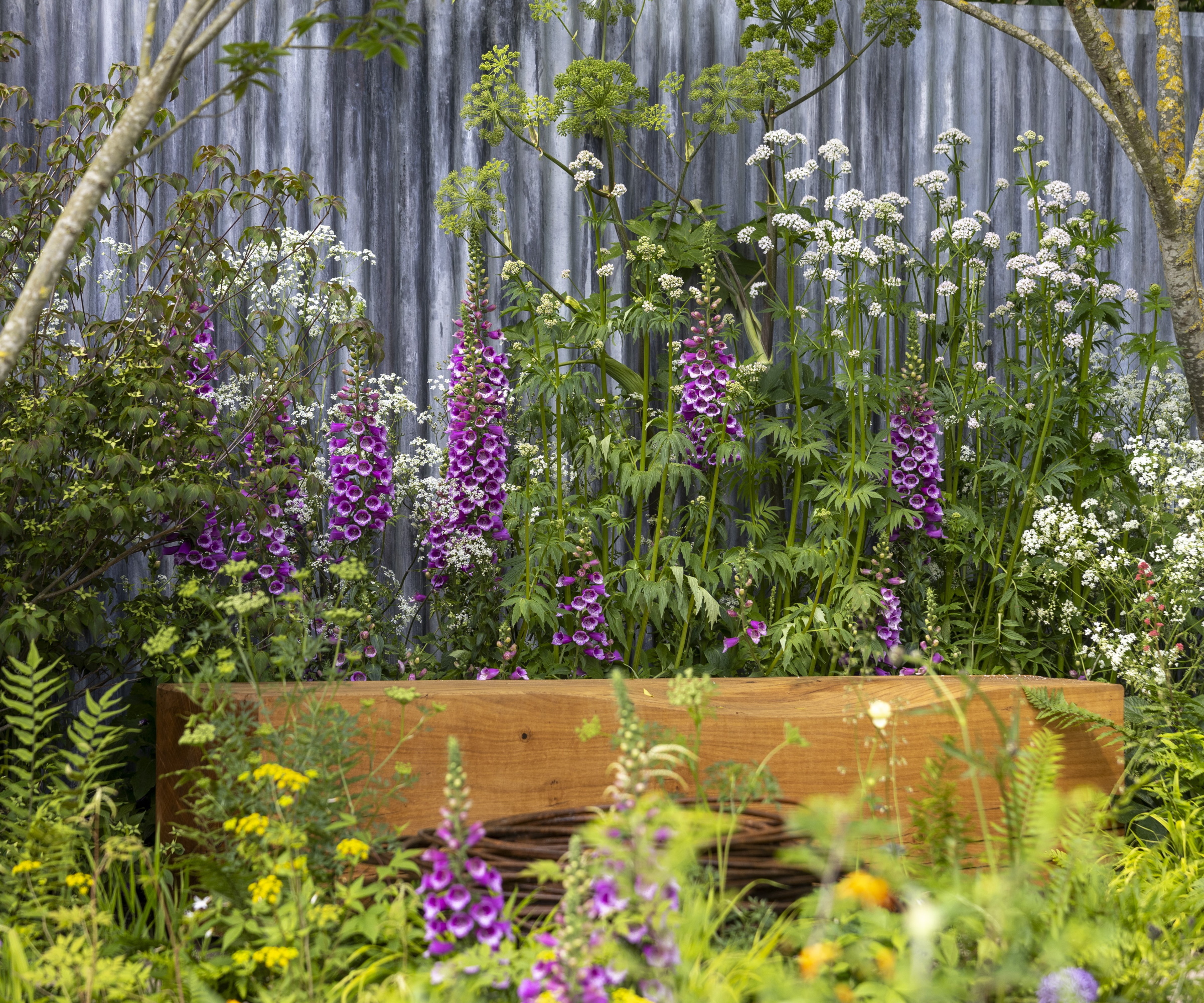
5 best flowering ground cover plants
Before planting any flowering ground cover plants, it is important to understand the growing habits of different species. Many can be vigorous and, given time and space, will quickly dominate garden borders.
For this reason, always check what species are considered aggressive or invasive ground cover plants in your region and should be avoided. For example, whilst popular, the purple-flowering lesser periwinkle, Vinca minor, is considered invasive throughout much of the eastern United States and, without regular maintenance, can quickly get out of control.
1. Mexican fleabane
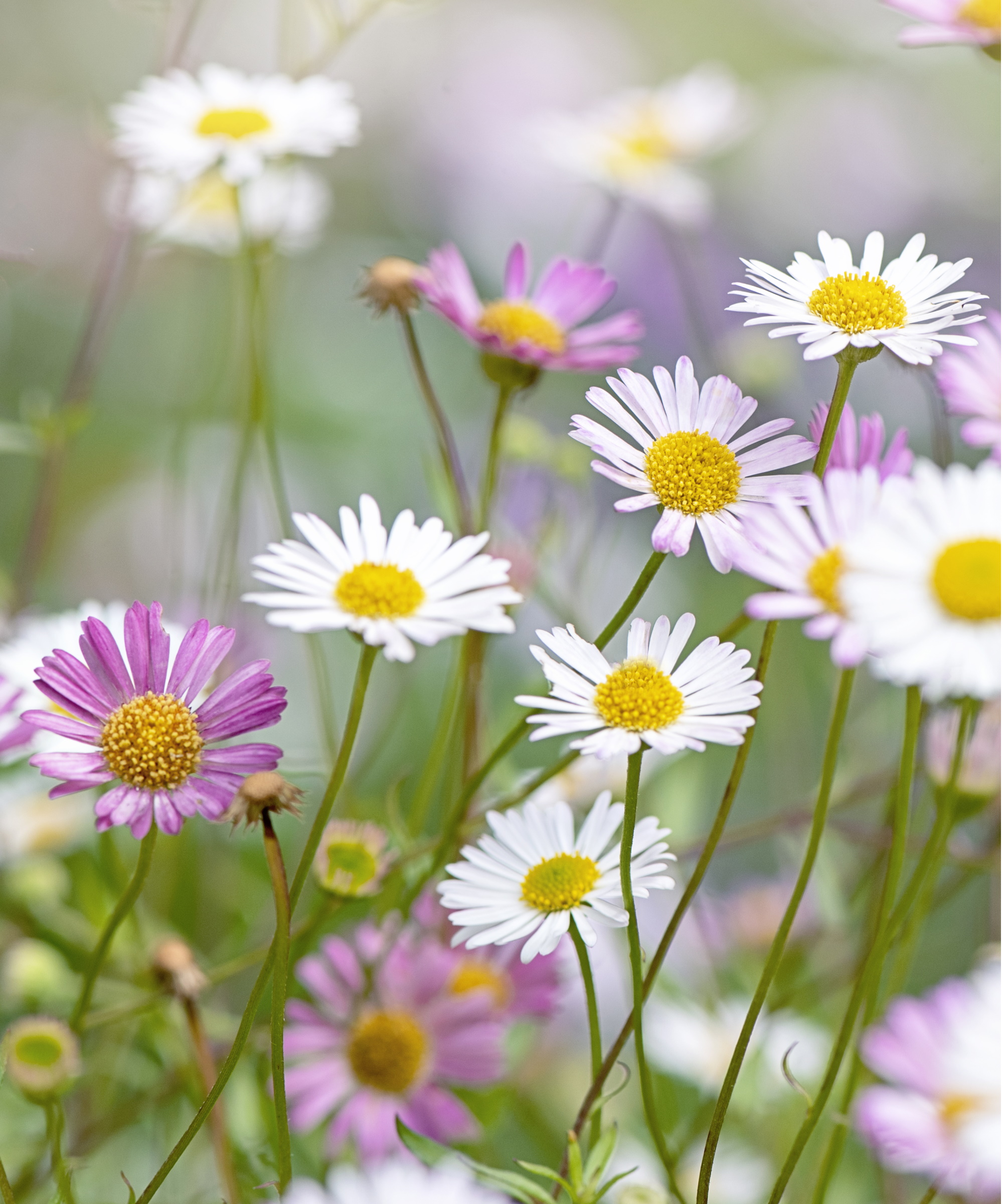
One of the easiest ground cover plants to grow is Mexican fleabane, or Erigeron karvinskianus, a low-growing perennial that produces a carpet of daisy flowers from spring through to fall.
This cottage garden plant is best suited to US hardiness zone 6 to zone 9, although it could be grown as an annual in cooler regions.
In terms of flowering ground cover plants, it would be hard to beat this option in terms of return on investment, requiring very little maintenance to thrive. It can tolerate both sun or partial shade and can cope with most soil types.
To note, this species is a prolific self-seeder, often growing through cracks and spreading to other areas of the yard. Whilst I have never experienced it getting out of control in any gardens where I have worked, in some western US states, it is thought of as an invasive plant, which should be a consideration before you decide to grow it.
Mexican fleabane seeds are available to order from Amazon.
2. Common bistort
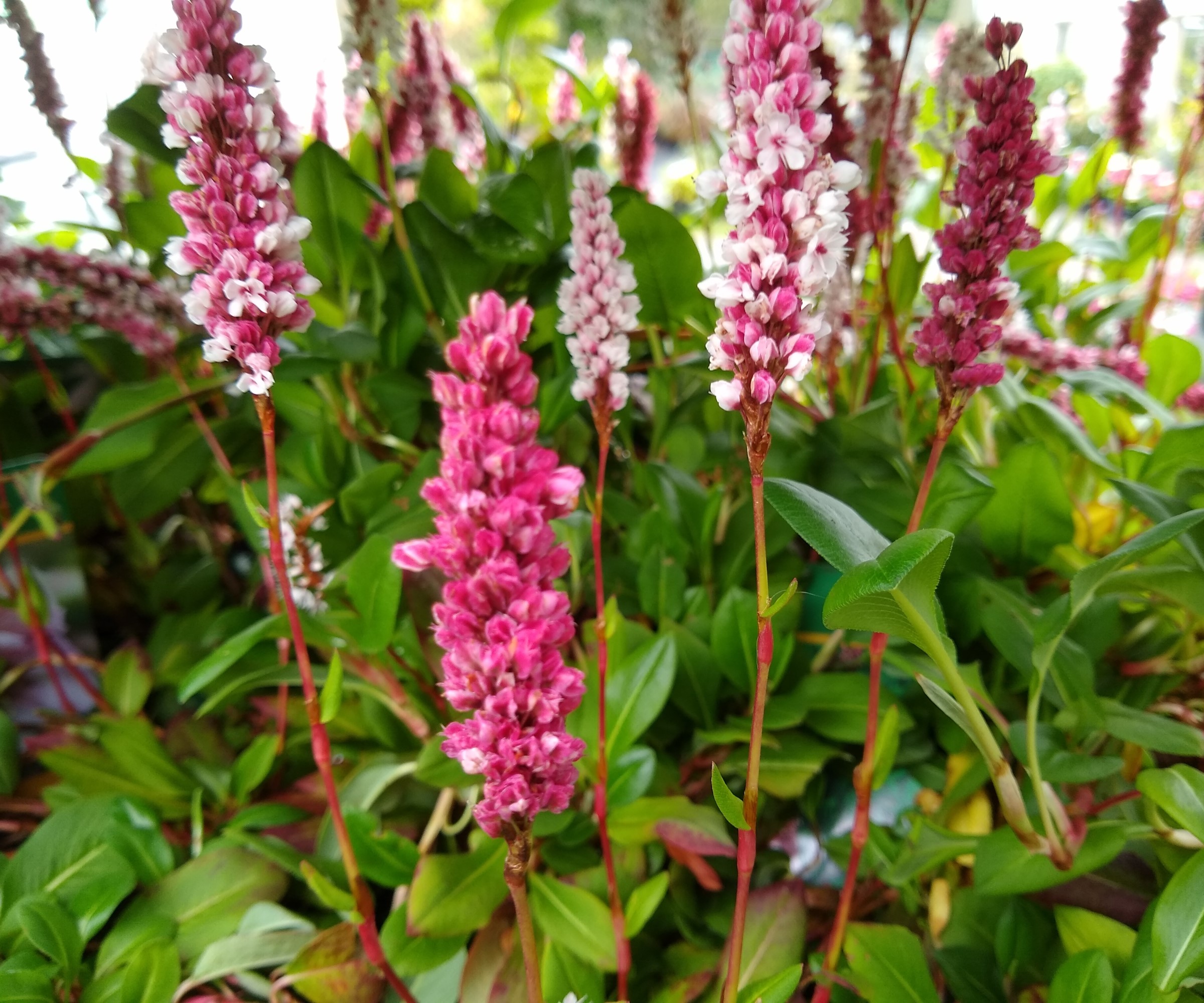
Common bistort, otherwise known as Persicaria bistorta or Bistorta officinalis, is a popular flowering perennial that produces bottle-brush-like flowers that bloom for much of the summer.
Indeed, with regular deadheading, I have found that common bistort can be encouraged to flower from May right through until October or even November during a mild year.
Native to Europe, it is remarkably hardy and can be grown down to zone 3, preferring dappled shade and moist soil.
Common bistort is one of the best ground cover plants to prevent soil erosion, a consequence of its rhizomatous roots, which bind the soil. It is this characteristic, however, that can result in the plant spreading.
So, for the best results, give common bistort plenty of space, and divide clumps every two or three years to manage their spread. This can be done by lifting the plants and simply using a spade to reduce the size. Alternatively, use a pruning saw, available from Amazon, to slice through congested rhizomes.
3. Creeping rosemary
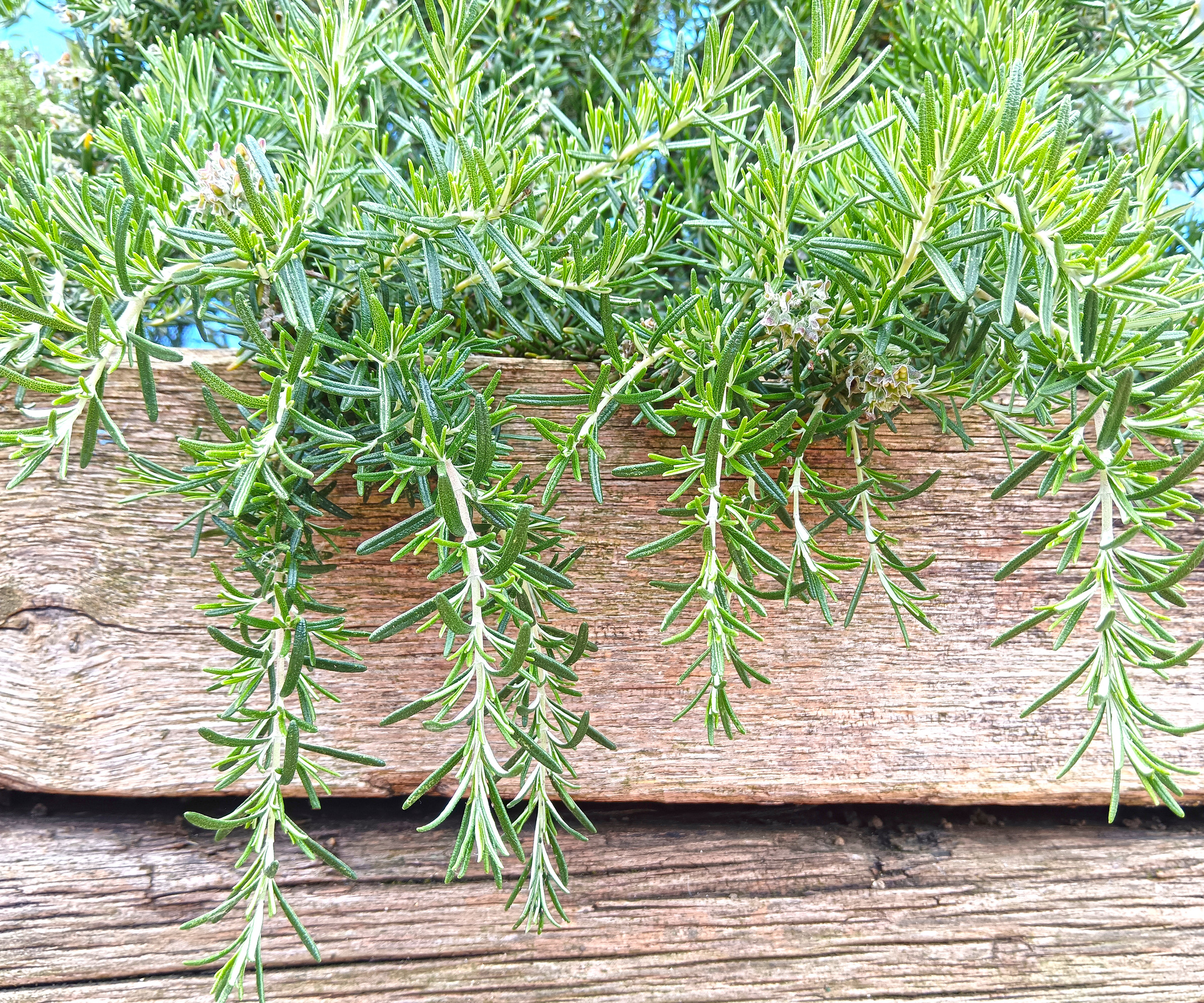
Rosemary is a reliable Mediterranean plant well-suited to dry gardens and is considered one of the best drought-tolerant ground cover plants to grow.
Whilst any rosemary can be treated as a ground cover, creeping rosemary, Salvia rosmarinus 'Prostratus', is a good low-growing option to try.
They tend to grow best from zone 8 plus, with a preference for full sun and well-draining soil. Purple flowers emerge in spring and can often be seen humming with bees and butterflies.
'Many gardeners ask whether or not you need to fertilize rosemary, and the simple answer is no,' says Gail Pabst, gardening expert and Marketing Director for the National Garden Bureau.
'In fact, they do great with no fertilizer at all,' Gail adds. 'The only exception would be for rosemary plants in containers, which would benefit from a feed every 4-6 weeks using a 5-10-5 fertilizer. However, for rosemary plants in the ground, put the fertilizer back in the garden shed.'
Live creeping rosemary plants are available to order from Amazon.

Gail is a passionate horticulturist with over 25 years' experience in the industry. She is an avid home gardener too and loves to try out the newest varieties and techniques. Gail is the Marketing Director for the National Garden Bureau and her work has helped her to continue their mission of inspiring, teaching and growing in gardening with others.
4. Candelabra primulas
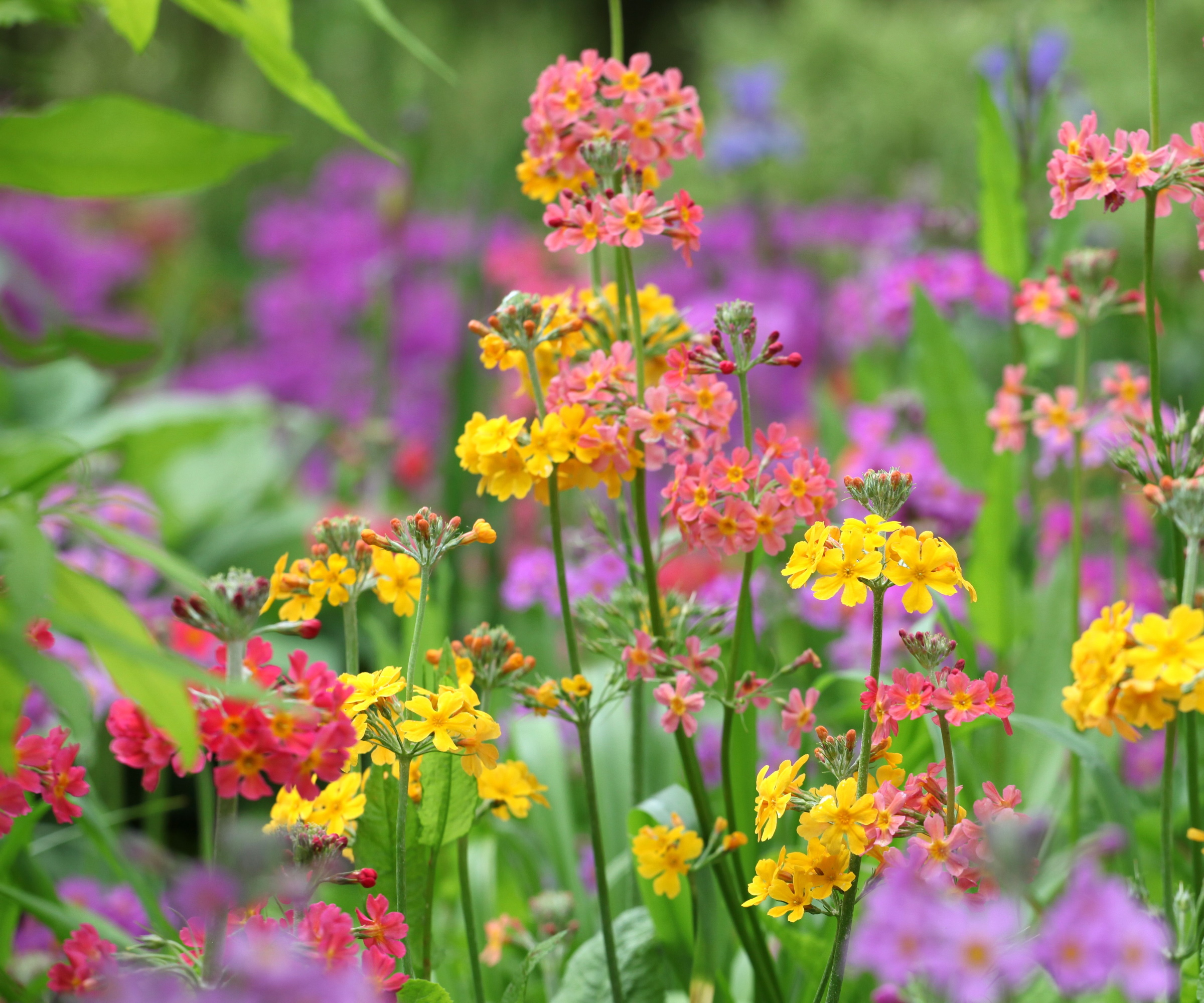
Candelabra primulas are some of the best plants for wet soil, thriving in damp or consistently wet areas, such as along river banks or at the edge of a pond.
These herbaceous perennials have basal rosettes, whereby large oval leaves emerge in a circular arrangement. The flower spikes range in height from one foot to three feet and can be found in orange, yellow, pink and red, as seen in the image above.
Plant in mild regions from US hardiness zones 6 to 8, ideally in moist borders that enjoy full sun or part shade. Candelabra primulas are self-seeding plants, so given time and space, they will spread.
Candelabra primulas are available to order online from Amazon.
5. Epimedium
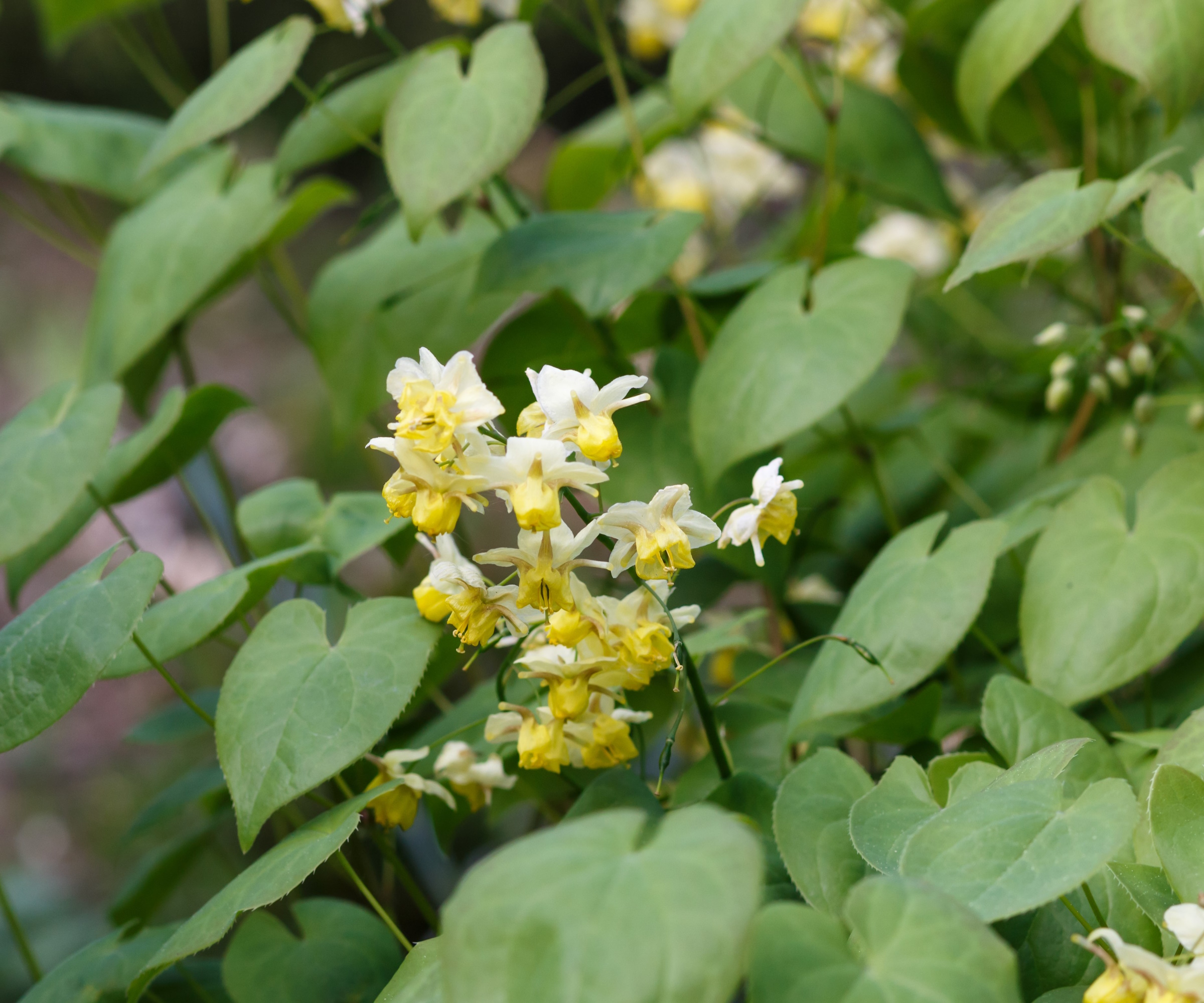
Epimediums are some of the best part-shade perennials. When working in the Garden Museum in London, we grew drifts of epimedium through a woodland bed that was partially shaded by towering plane trees. With little attention, they thrived in this setting.
Growing best from US hardiness zone 5, there are many different varieties of epimedium, most of which bloom in early spring. One of my favorites is Epimedium x versicolor 'Sulphureum', which has dainty, golden yellow flowers that perfectly contrast against bronze-red leaves during April.
'Epimediums also have unique heart-shaped leaves that work well in any backyard borders,' says Nina Koziol, garden expert, author and teacher at the Chicago Botanic Garden.
'The foliage emerges after flowering, opening in different shades of green or bronze in the spring garden. I find they perfectly complement other spring flowering plants, including hellebores.'
Live Epimedium plants are available from Walmart.

Nina Koziol has taught at the Chicago Botanic Garden since 1998. She gardens on an acre southwest of Chicago and is the author of the new book, White Gardens: Creating Magnificent Moonlight Spaces, available from Amazon.
FAQs
What is the best flowering ground cover for damp soil?
Candelabra primulas are an ideal flowering ground cover for consistently wet or moist soil. They will also self-seed, which can be a good thing if you have plenty of space. Alternatively, for bog gardens, marsh marigolds are a wildlife-friendly option, with lush foliage and yellow flowers that will prove popular with pollinators. Live marsh marigold plants are available to order online from Gardening Know How.
It is also a good idea to consider native planting when adding flowering ground cover species to your yard. Why not grow Packera aurea, commonly known as golden groundsel, which is found growing throughout much of eastern North America. Tolerant of sun and shade, and wet and dry soil, this native is a tough, resilient plant to consider adding to challenging areas under large trees and shrubs.
Shop gardening essentials
Sign up to the Homes & Gardens newsletter
Design expertise in your inbox – from inspiring decorating ideas and beautiful celebrity homes to practical gardening advice and shopping round-ups.

Thomas is a Content Editor within the Gardens Team at Homes and Gardens. He has worked as a professional gardener for both public spaces and private estates, specializing in productive gardening, growing food and flowers. Trained in Horticulture at the Garden Museum, he has written on gardening and garden history for various publications, including The English Garden, Gardens Illustrated, Hortus, The London Gardener and Bloom. He has co-authored a Lonely Planet travel book, The Tree Atlas, due out in 2024.
You must confirm your public display name before commenting
Please logout and then login again, you will then be prompted to enter your display name.
-
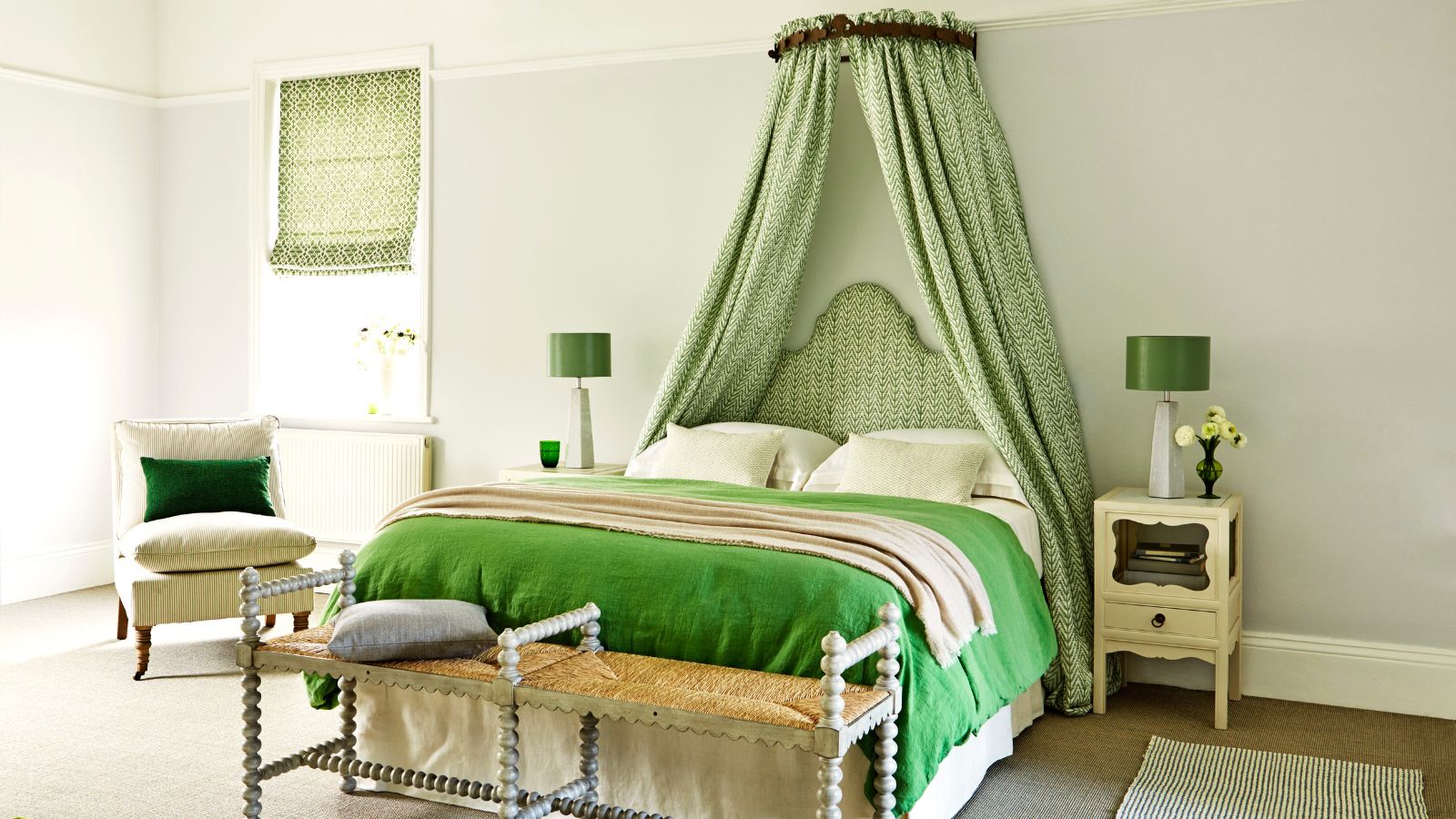 I'm an expert vacuum tester, and no, you really don't need a mattress vacuum – here's what to use instead
I'm an expert vacuum tester, and no, you really don't need a mattress vacuum – here's what to use insteadBefore investing in a new gadget, the tried-and-true methods still work
By Dan Fauzi
-
 Charli XCX's front door color 'feels deliberate, and almost calculated' – estate experts say it carries authority (but it comes with a warning)
Charli XCX's front door color 'feels deliberate, and almost calculated' – estate experts say it carries authority (but it comes with a warning)The singer's sophisticated front door color gives a 'psychological head start' to sellers, but it has a potentially unlucky downside
By Megan Slack
-
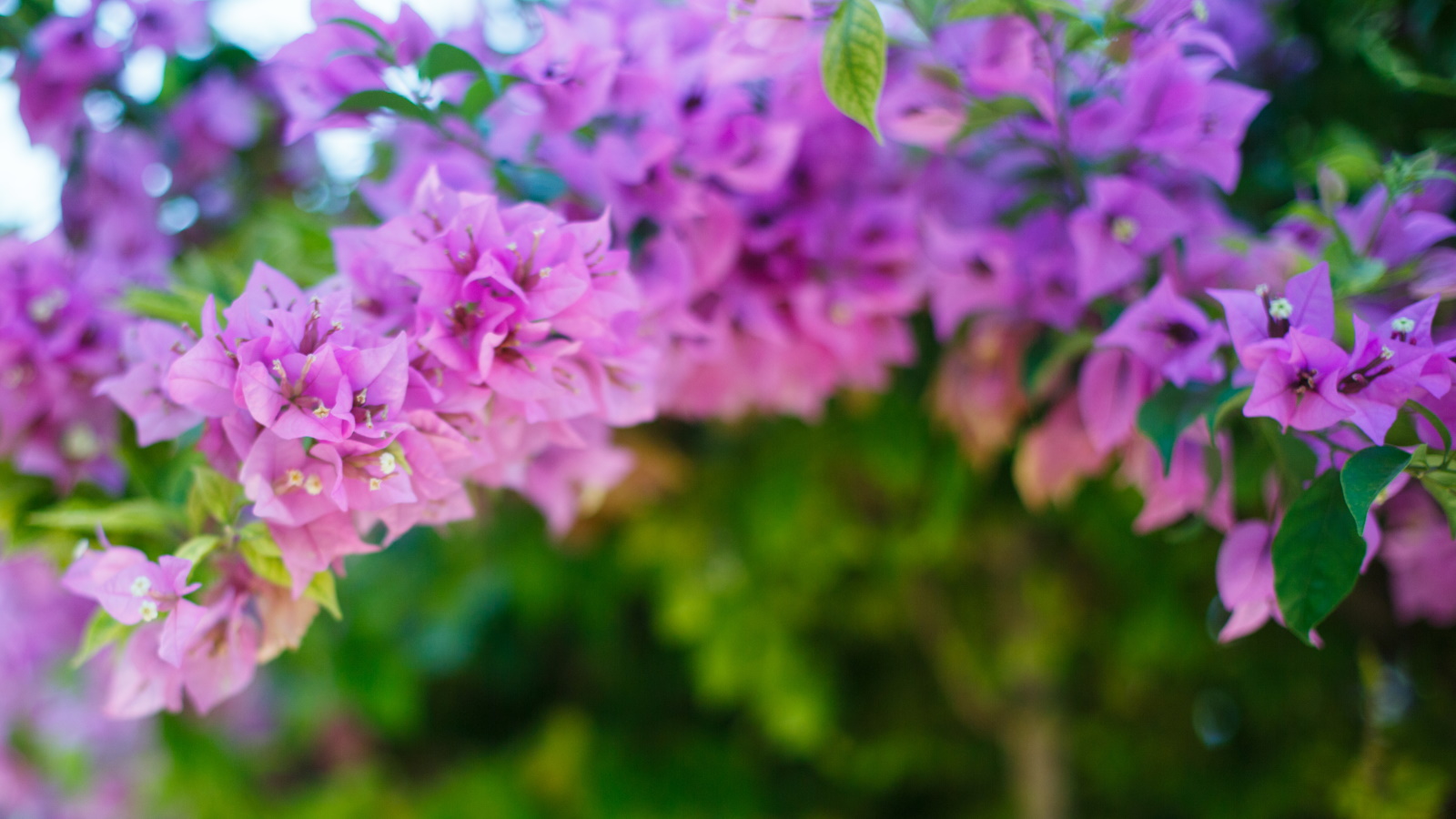 Best climbers to grow in pots – 5 easy-to-grow vines that will transform small spaces with vibrant color
Best climbers to grow in pots – 5 easy-to-grow vines that will transform small spaces with vibrant colorMake the most of small terraces, patios and balconies by filling pots with colorful climbers
By Thomas Rutter
-
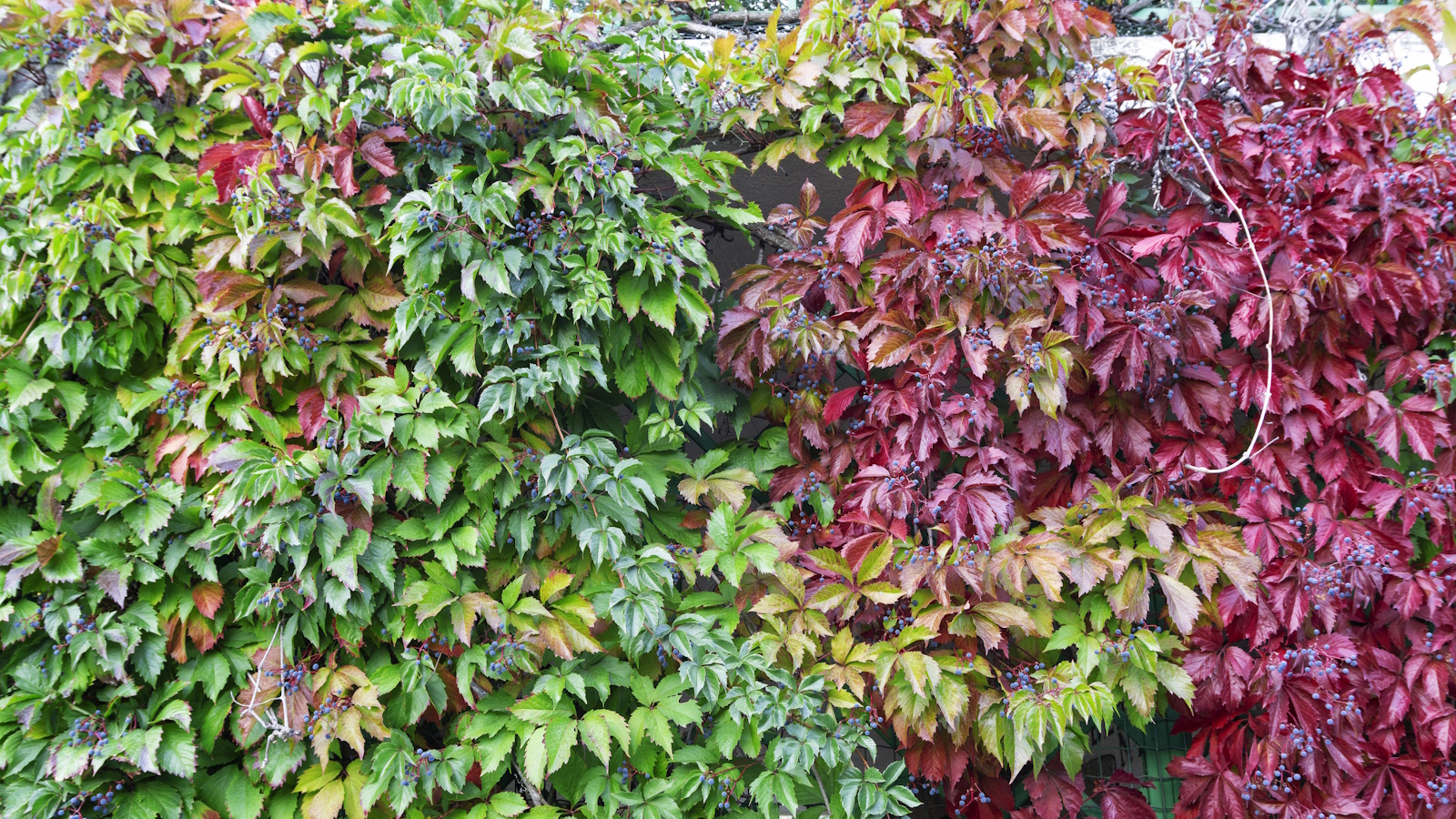 How to grow Virginia creeper – it may divide opinion, but this fast-growing, shade-tolerant vine will cover walls and fences in record time
How to grow Virginia creeper – it may divide opinion, but this fast-growing, shade-tolerant vine will cover walls and fences in record timeIf you are looking for spectacular fall color, Virginia creeper is the climbing plant to grow
By Thomas Rutter
-
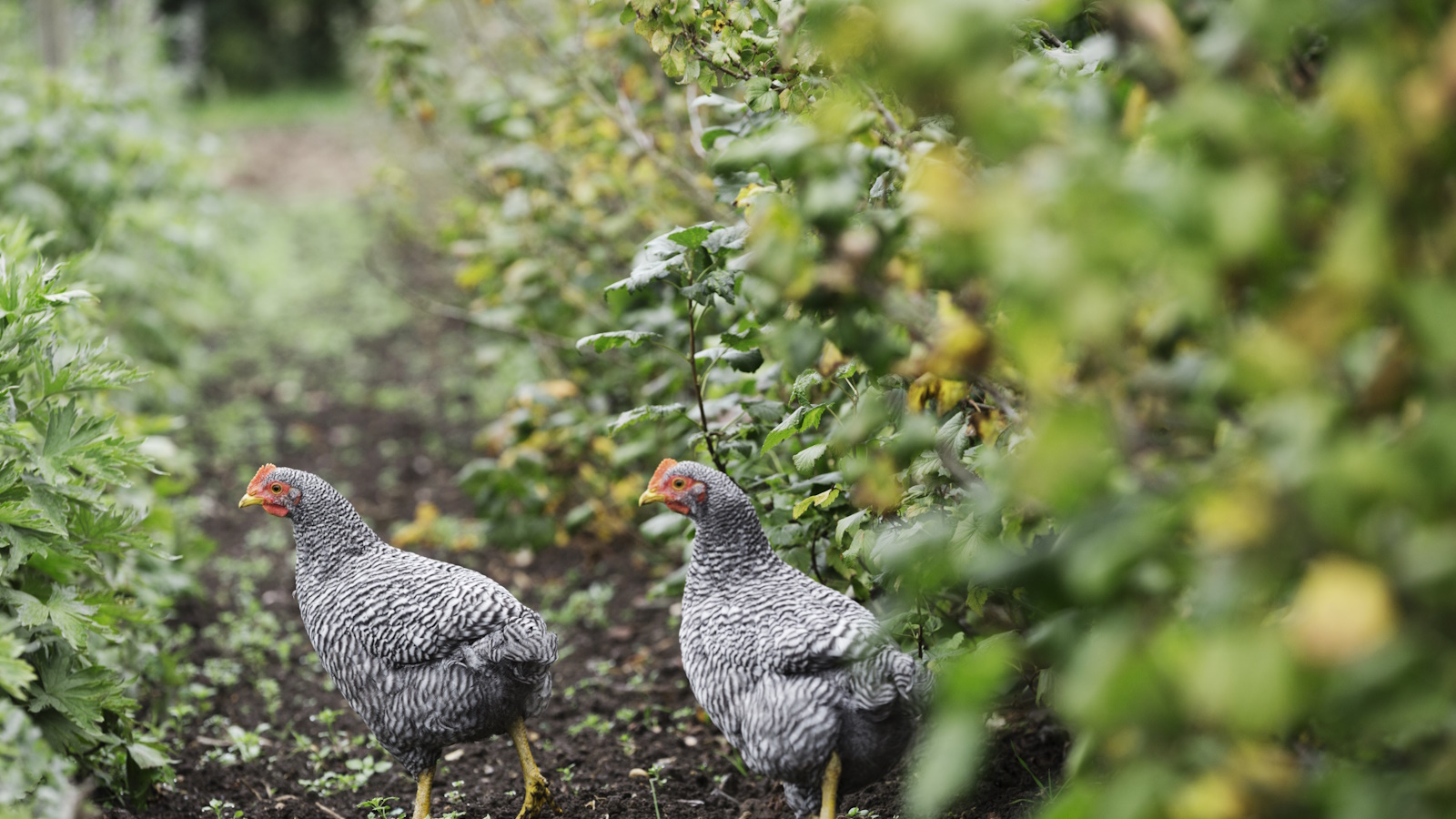 Best plants for a chicken run – 7 fragrant and floral plants for happy hens and beautiful coops
Best plants for a chicken run – 7 fragrant and floral plants for happy hens and beautiful coopsYour chicken run can be every bit as beautiful as your own garden, so long as you do your research first
By Kayleigh Dray
-
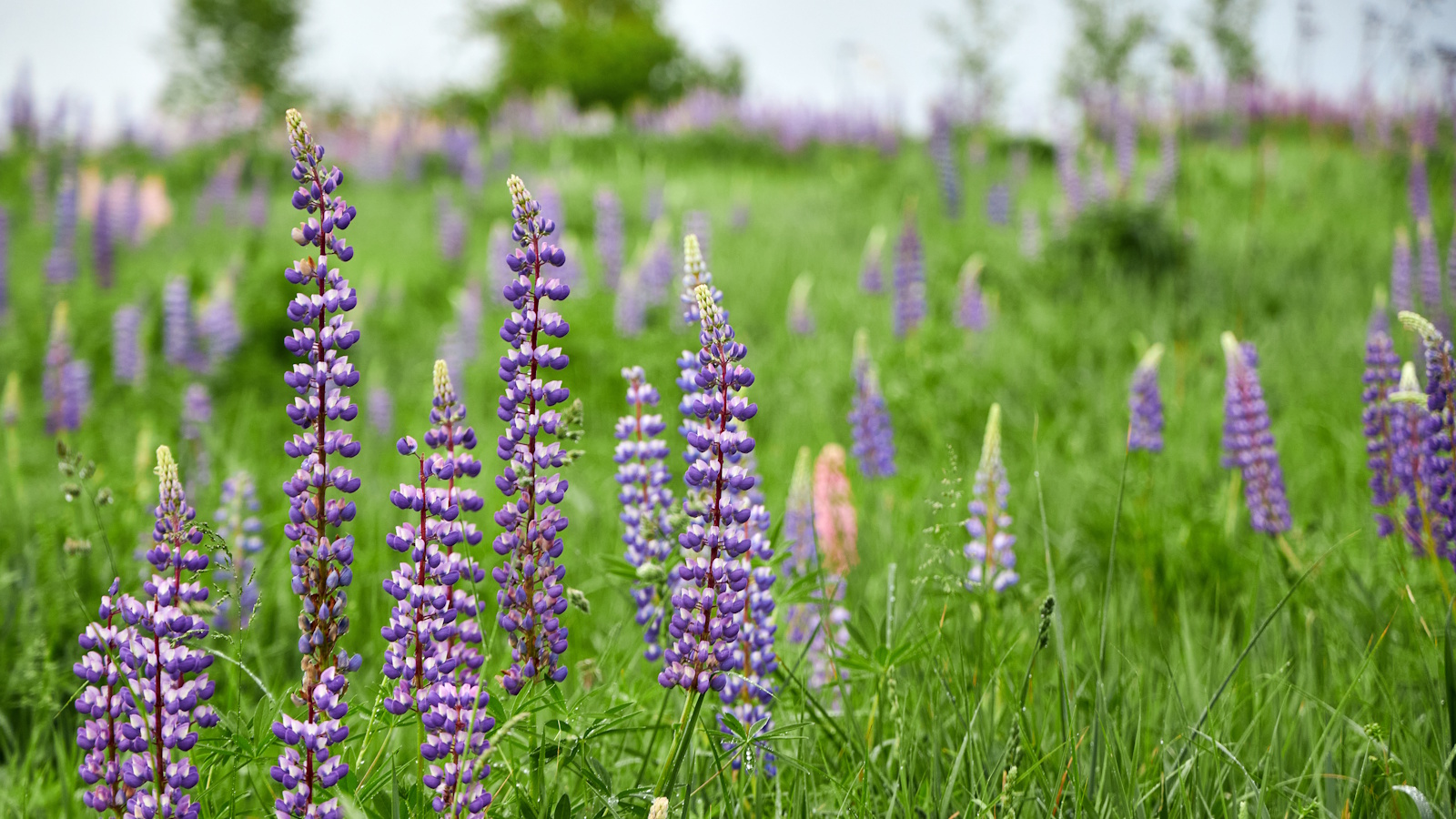 How to grow lupine – expert advice on growing this dramatic and vibrant cottage garden flower
How to grow lupine – expert advice on growing this dramatic and vibrant cottage garden flowerVibrantly colored flower stalks make swathes of lupines a sight to see in meadows and cut flower gardens alike
By Ellen Wells
-
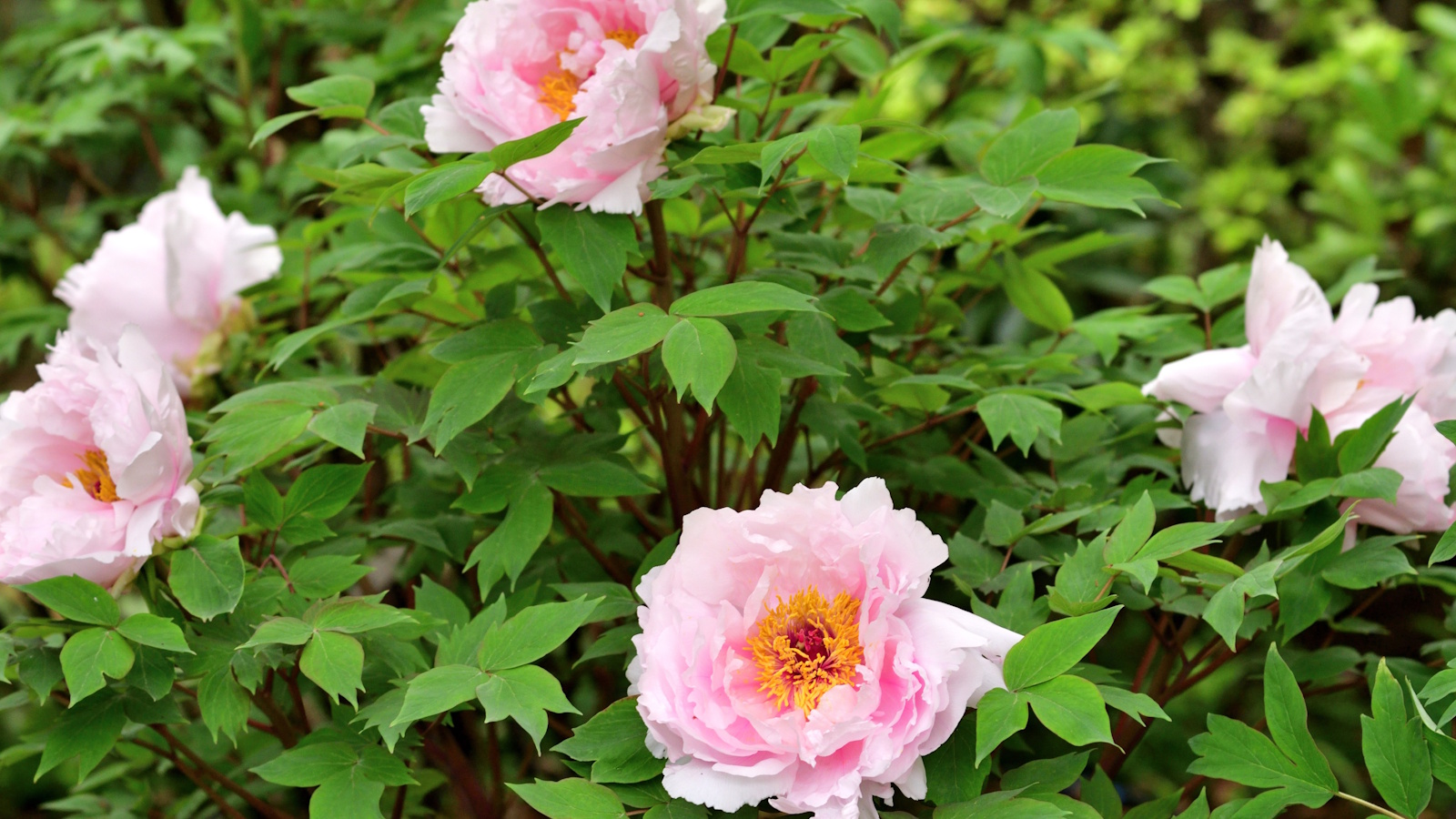 How to grow tree peonies in pots – for a show-stopping shrub that will thrive in partially shaded yards
How to grow tree peonies in pots – for a show-stopping shrub that will thrive in partially shaded yardsWith large, saucer-like blooms, tree peonies are the ultimate flowering shrub
By Thomas Rutter
-
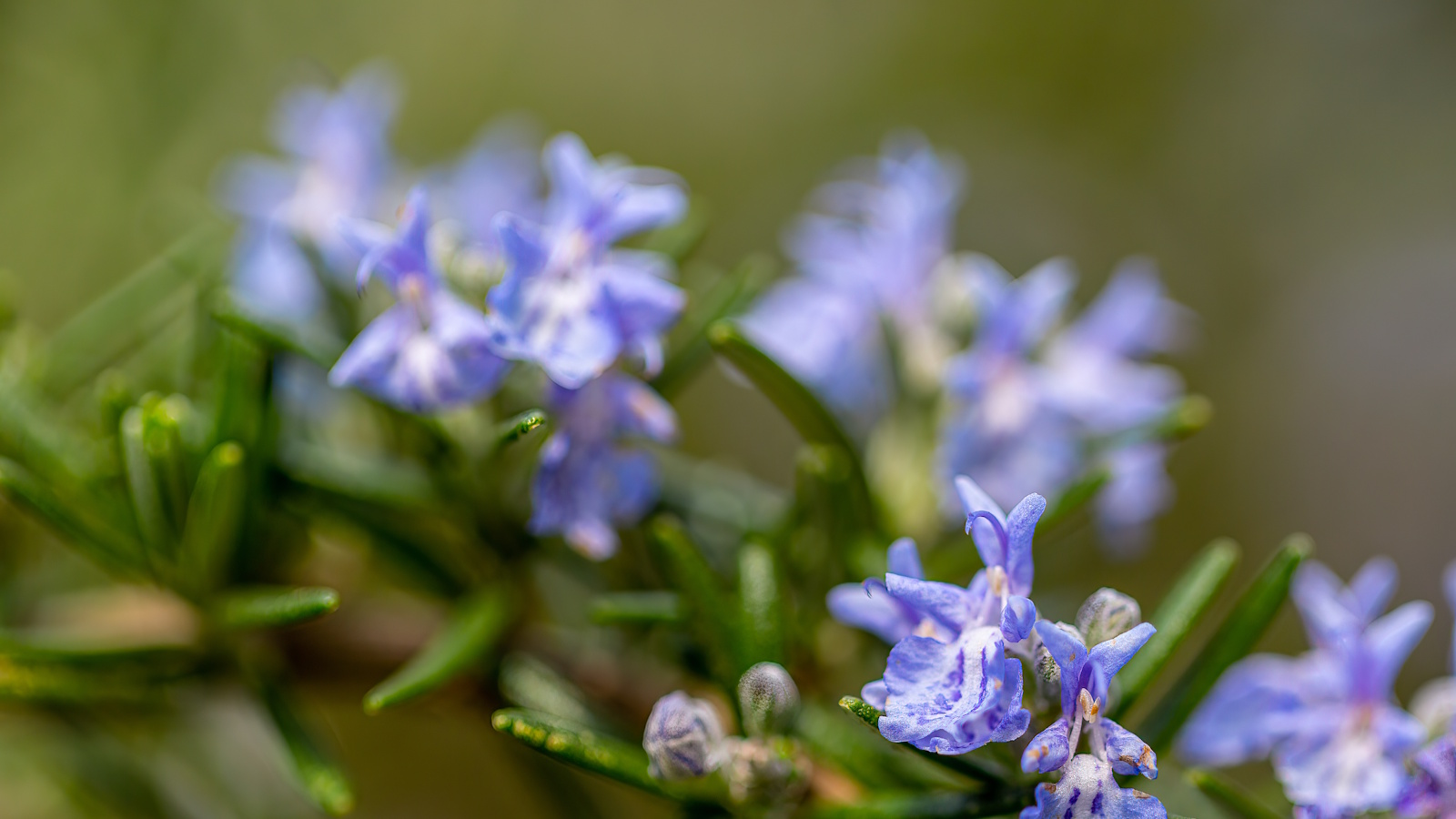 Can you revive woody rosemary plants? Expert pruning advice from a professional gardener to save old, leggy herbs
Can you revive woody rosemary plants? Expert pruning advice from a professional gardener to save old, leggy herbsWith the right pruning approach, old and woody rosemary plants can be brought back to life
By Thomas Rutter
-
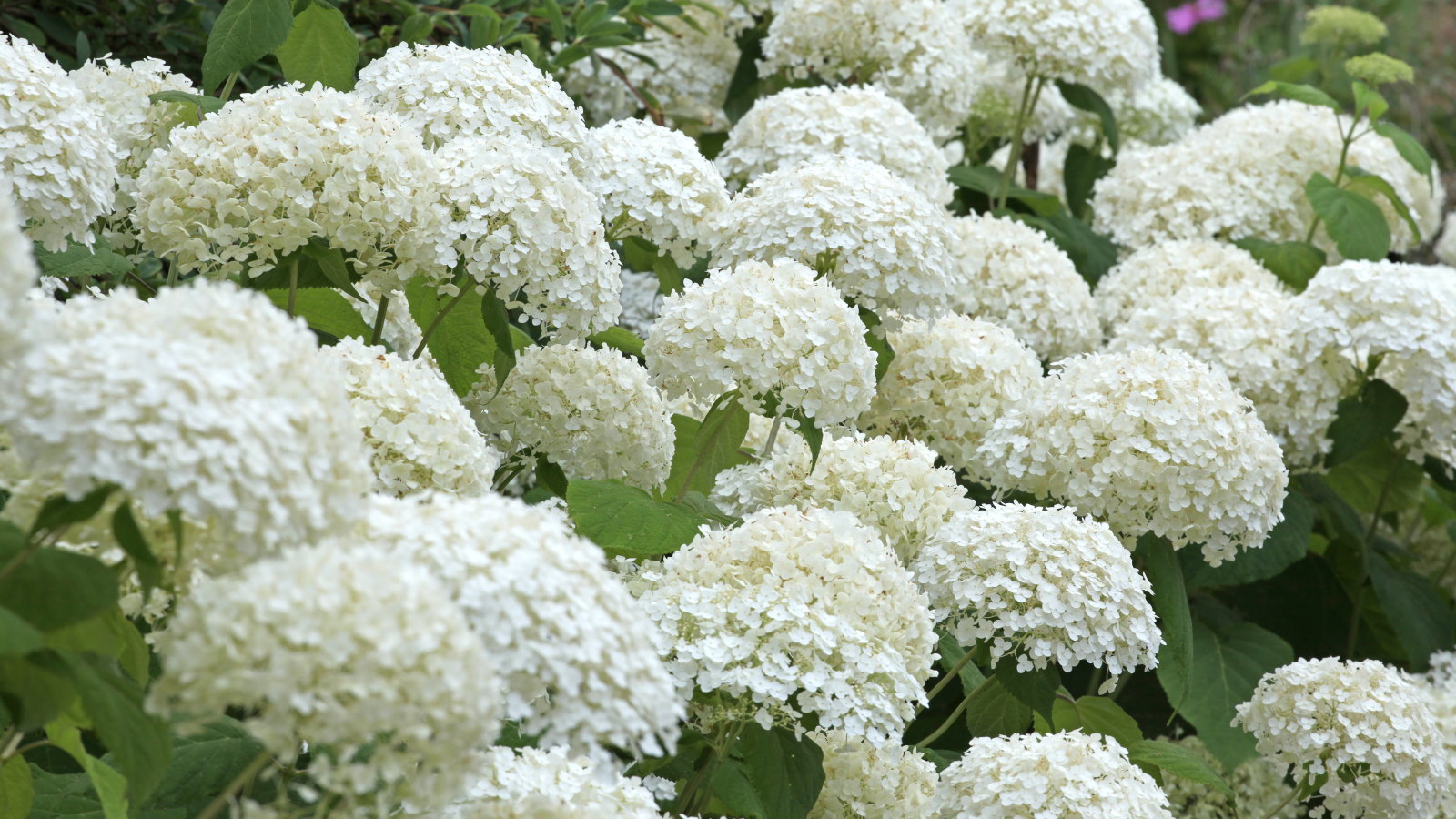 Your hydrangeas will flourish with bigger blooms and healthier growth thanks to this 1 natural material that is easy to use
Your hydrangeas will flourish with bigger blooms and healthier growth thanks to this 1 natural material that is easy to useDiscover why you should be using leaf mold to mulch hydrangeas
By Drew Swainston
-
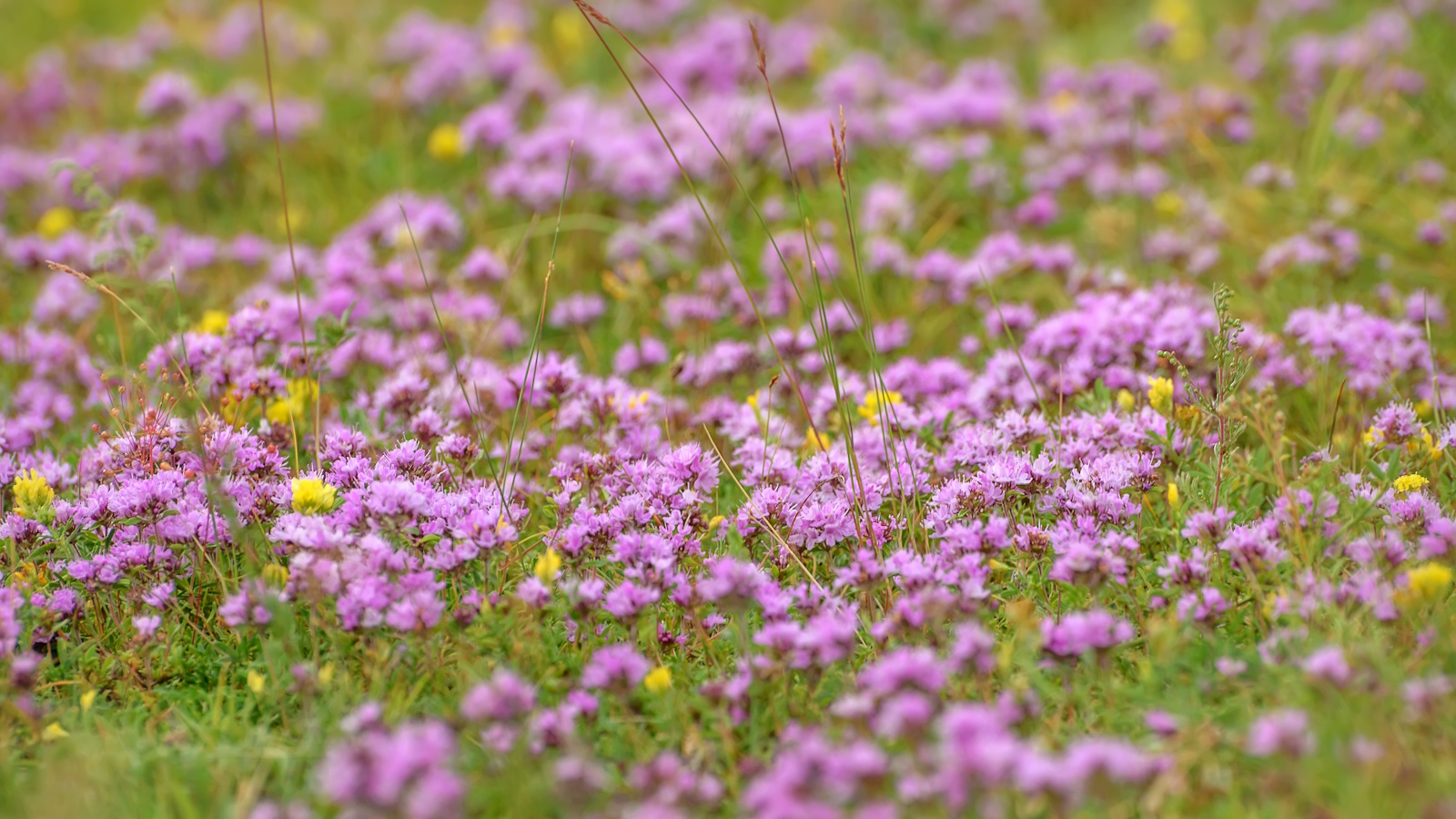 5 fast-growing tiny flowers – expert recommendations to fill your pots and borders with color in record time
5 fast-growing tiny flowers – expert recommendations to fill your pots and borders with color in record timeThese fast-growing tiny flowers prove that miniature can also be marvelous
By Thomas Rutter
